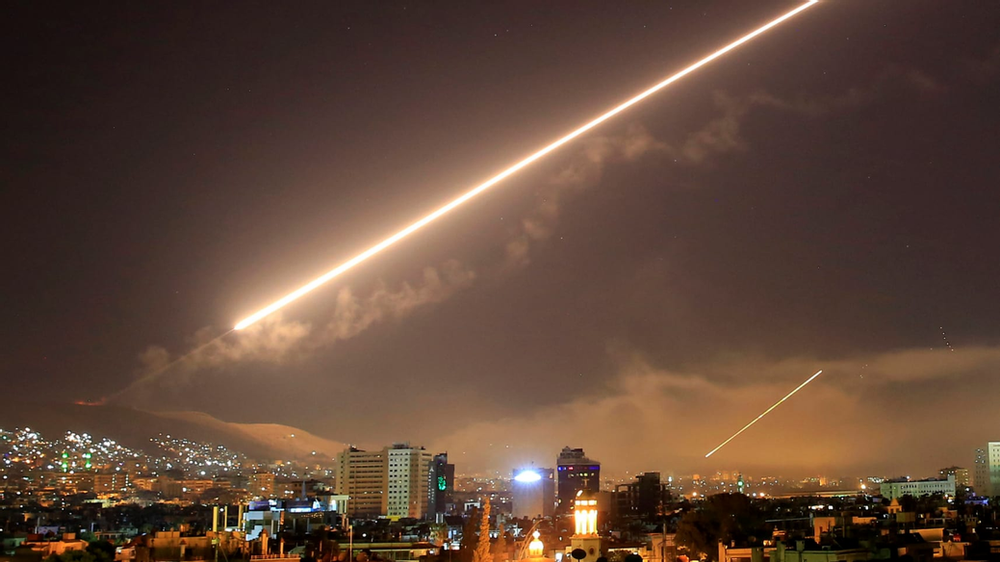What has changed since the Second Lebanon War in 2006? What is the current situation of Hizbullah, and how does it threaten Israel?
This article aims to reveal the new challenges Israel will face in the next war against Hizbullah. The main question remains: for how long will Israel allow Hizbullah to increase its strategic military readiness?

Recently the Israeli Chief of Staff Gadi Eizenkot stated that Hizbullah “suffers from deep strategic crisis following its involvement in Syria.” Most security analysts in Israel agree. However, they remain uncertain of Hizbullah’s readiness to handle a potential war with Israel.
Since 2006, Hizbullah built a significant line of offensive and defensive capabilities. Lessons from the Second Lebanon War show that Hizbullah’s fighting methodology allows it to manage a decent war against the IDF.
Additionally, it can use a low amount of personnel and inflict relative damage against the IDF. Indeed, Hizbullah suffered losses due to the civil war in Syria. But they could still handle the Israeli front if necessary.
Hizballah and the Second Lebanon War
Hizballah’s war preparedness is highly intelligent and provides the organization strategic advantages with few personnel. Hizbullah’s fighting methods and its missile capabilities may enable it to reach its strategic objectives in the next war against Israel.

According to Israeli military reporters, Hizbullah started the Second Lebanon War with 15,000 missiles. However, it had only 7,000 at its end. There is no doubt that the Israeli public still feels and remembers the damage inflicted on the Israeli Home Front.
Per the public information available today, the organization holds more than 150,000 missiles. Furthermore, the ranges of the rockets have changed significantly. The missiles in Hizballah’s possession are no longer targeting only towns and civilian facilities in Israel’s north. They also target sites in the central parts of Israel.
In Conclusion
Hizbullah has significantly increased the range and accuracy of its missile capability. Today, the organization can target strategic locations in Israel, such as power stations and airports. Currently, Hizbullah holds Fateh-100 missiles that can reach the southern part of Israel (200KM). Also, they possess Fajr-5 missiles with a reach of 75KM (in addition to other advanced missiles).
Game Changer: In 2006, Hizbullah proved that its capabilities are no longer limited to long-range ground-ground missiles. In the years after the Second Lebanon War, Hizbullah took a further step and operated to gain game-changing weapons. In a nutshell, these can cause significant damage to the IDF’s navy and air-force.
According to public reports and top analysts in Israel, Hizbullah holds ground-air missiles such as SA-17 and SA-22. These can threaten the Israel Air-Force. Besides, Hizbullah currently operates Yachunat sea-air missiles, representing a genuine hazard to Israel’s navy.
Click here to continue to Part II.
For Comments or Discussion Email: shay@monfortadvisory.com

For more insight into our previous work, take a look at the rest of our Case Studies & Articles and learn how the SCS team ensures professional, responsive, and flexible security services across the globe. Alternatively, for more information on how our adaptive services can help you and your clients, contact us today.

November 27, 2021 Author 5 Insider Tips for EPAs Operating in the West Bank
[…] ranging from Palestinian Police to IDF soldiers and border police. This is especially the case in high-threat areas, meaning response times are very fast in the West Bank in the event of an emergency – and […]